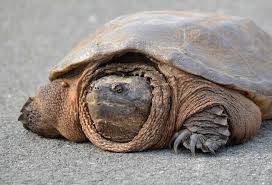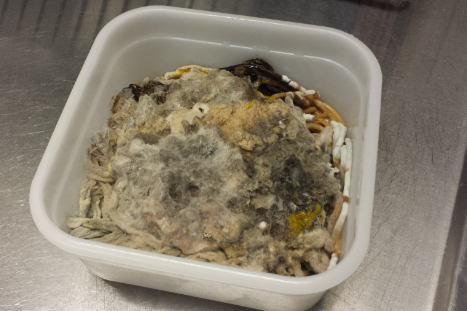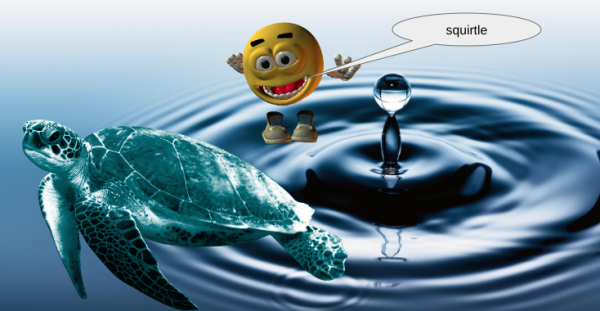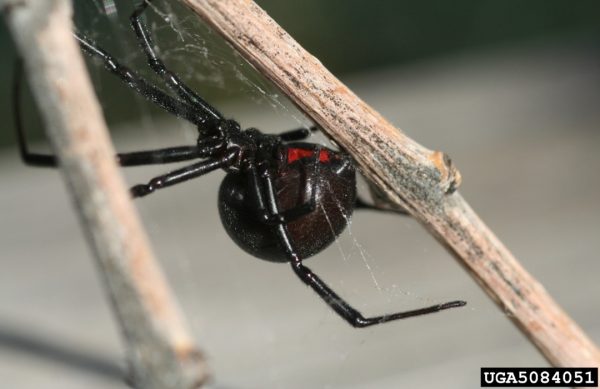Snapping Turtle

A snapping turtle.
February 28, 2019
Introduction
The early morning sun begins to stretch over the tall trees casting shadows over the brackish pond. Due to all of the moss and sediment settling over the water it has discouraged fisherman from casting their lines out, even if it is a nice day. Nobody thinks that the pond has anything living in it, not even the most simplest of minnows. Despite this popular belief there are monster-like creatures that inhabit this swamp of a pond. As the sun rises to its highest peak a creature with talon-like flippers and a long neck suddenly shoots up from the sediment and begins to look for anything edible. The sparse amount of life that are in the pond flee from this turtle and look for any shelter available. The beast occasionally sticks its head out of the water and strikes fear into anyone who sees even a tiny glimpse of this beast, the common snapping turtle.
Description
The common snapping turtle is larger than most other species of turtle with an average length of 8-14 inches and an average weight of 10-35 pounds. The turtle has long rough bumpy neck, and a beak-like mouth. Coloration depends on the activity and the region that the turtle is located. For example, if the turtle lives in the northern states or spends most of its time at the bottom of a pond it has a light coloration, and if located in the Deep South or is very intent on finding food the turtle has a darker appearance.
Habitat
These turtles are so abundant is the southern regions that there are some businesses that exist to catch and process the turtles for their meat and shells. However, there are still quite a few that live in the eastern and central United States. These turtles are not picky about their habitat as long as they live in freshwater and have cover (moss, muskrat burrows, overhanging ledges, and soft sediment). Even though these turtles rarely come out to bathe in the sun you can still find them on a log or a fallen tree.
Habits
The common snapping turtle will spend most of its life in water and will only come out to bathe or mate. Due to this hermit like behavior, the turtle seems to save all of its energy until mating season and when the time is right the snapping turtle will go to incredible lengths to maintain its gene pool. There have been some instances where this turtle will walk, not swim, long distances and will not stop until they find a mate, get ran over, or die of exhaustion. In case you’re wondering, yes they do live up to their name. This turtle is very territorial and will fight anything that gets too close.
However, when fighting with fellow snapping turtles the fight looks more like whales holding chainsaws while performing an underwater ballet. When threatened the turtle shrinks its head as far as it can up into its body and gives you a death stare with its tiny eyes and will not hesitate to lash out. Surprisingly, the common snapping turtle is considered and omnivore because of the small plants it may eat in case it’s eaten everything in its ecosystem.
Conclusion
As the day becomes gradually cooler the snapping turtle begins to settle down after its full day of terror and destruction. The shadows become longer and the crickets and frogs share their songs in one giant, uncoordinated orchestra. I think this the reason why snapping turtles are so aggressive is because of how annoyed they get from the crickets and frogs and then they use that for motivation to terrorize everything in a pond. If you do happen to see one of these please stay away from them don’t tease them or try anything stupid otherwise you’ll end up like this guy. Don’t be like this guy.
https://www.youtube.com/watch?v=F57z6ya-rnA
















